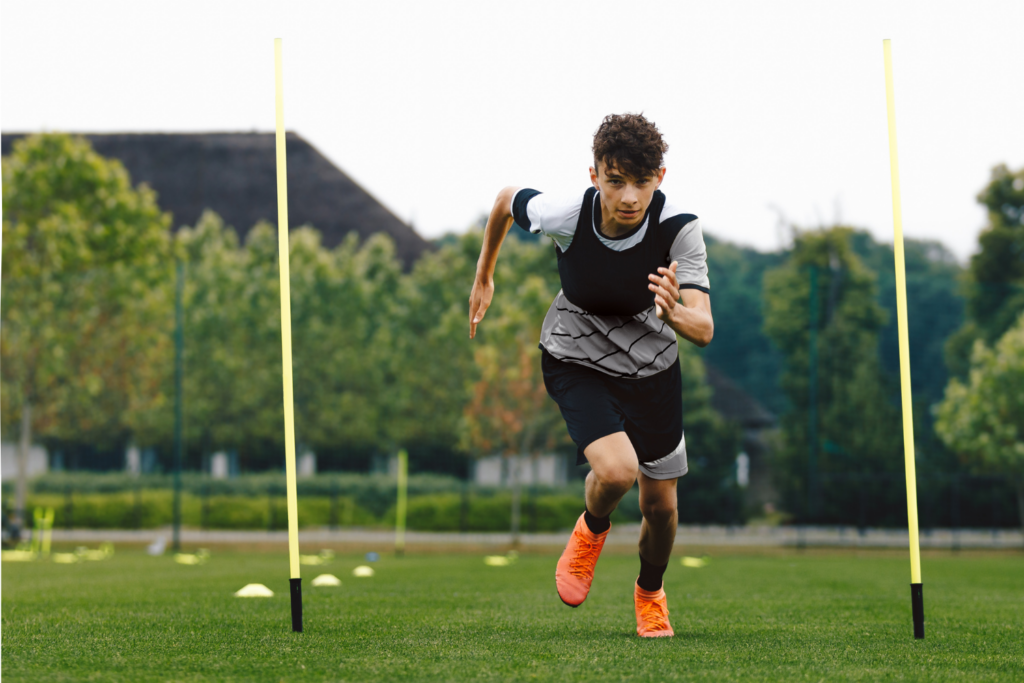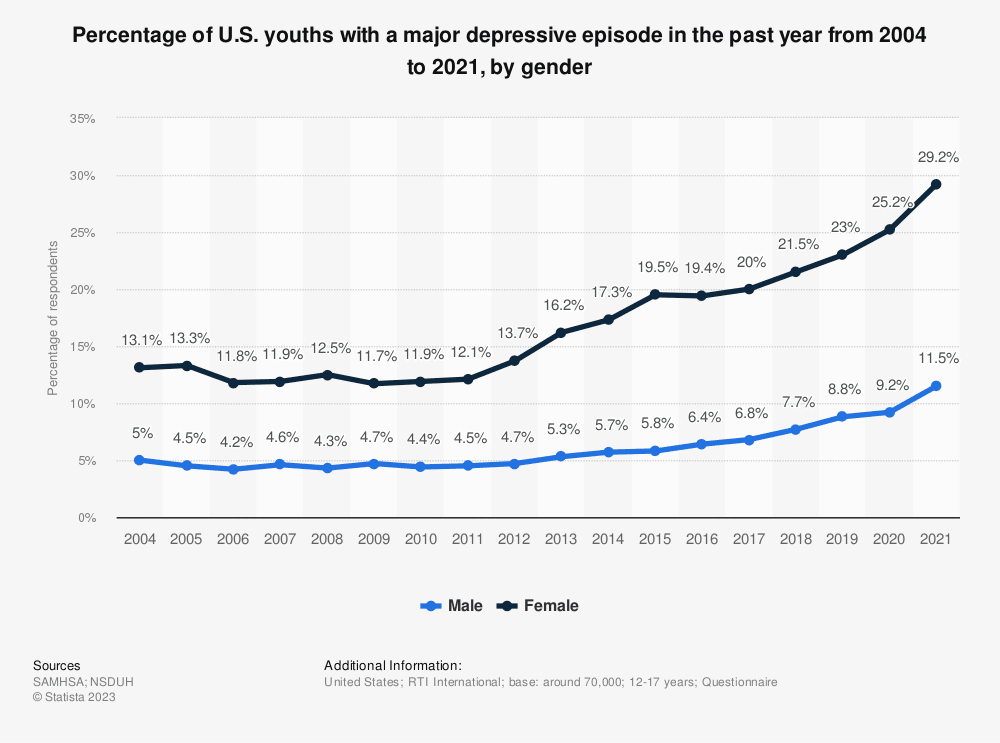Exercise Reduces Childhood Depression, New Study Finds


For some, relief from child and adolescent depression may be just as readily found on a soccer field or a track than at the pharmacy, a new study suggests.
A meta-analysis of over 2400 children and adolescents published in JAMA pediatrics in January concluded that for young people suffering with depression, exercise significantly reduced their symptoms.
Depression rates among children and adolescents were skyrocketing even before the pandemic and lockdown, nearly doubling over the past decade. By the age of 19, approximately a quarter of people will have experienced at least one depressive episode.

Traditional SSRI antidepressants like Prozac and Zoloft may help some young people, but the evidence for their efficacy varies. A 2021 Cochrane review of antidepressants’ efficacy in young people found that “most newer antidepressants may reduce depression symptoms in a small way compared with placebo.” In other words, taken alone, they might not be a panacea for many kids.
We still cannot really predict who will benefit and who won’t from these medications, so some physicians tend to prescribe them, alongside therapy, when a young person presents with symptoms of depression. But with risk profiles that often vastly outweigh their benefits, there is a growing consensus that antidepressants should not be the first and only consideration for treating child and adolescent depression.
The researchers who authored the January study conducted a meta-analysis of 21 studies, which included 2441 participants with an average age of 14 years, and found that physical exercise, as an alternative or as a supplement to other treatments, helped alleviate depression in a statistically significant percentage of participants.
It didn’t need to be strenuous or excessive exercise either—as little as three one-hour exercise sessions per week had a significant effect, especially for young people older than 13 years. Exercise programs less than 12 weeks were also found to be more effective, potentially because reaching the end of the goal created a sense of accomplishment.
This all makes a lot of sense—when we exercise we release feel-good endorphins into the bloodstream. Exercise also modulates the neurotransmitters directly responsible for happiness, specifically serotonin, dopamine and norepinephrine. Kids’ bodies feel better when they’re active, and most importantly, physical activity can and should be fun.
So, if a young person is experiencing a depressive episode, seek help. See your primary care provider to discuss this issue and consider a broader workup to look for possible physiologic causes for the depression. Ask directly whether they are considering suicide, and seek help immediately if they are. The Suicide & Crisis Lifeline is ‘988’ and provides 24/7, free and confidential support for people in distress, or contact your primary care team and discuss with them next steps.
If they are willing, set up some counseling with a therapist who is trained to help young people. Then, once you know what you’re working with and have ruled out other causes for depression, consider investing in a new pair of sneakers before turning to medication. If you and your healthcare provider do decide to try an antidepressant, then include exercise in the healing plan as an evidence-based adjuvant therapy. Think about team sports or interests that will also foster social connection, or activities that get them out into nature. Choose activities that your young person is interested in, then encourage and support them to the best of your ability. And, if you can, make movement and exercise part of your family’s culture—you all may wind up feeling better!
